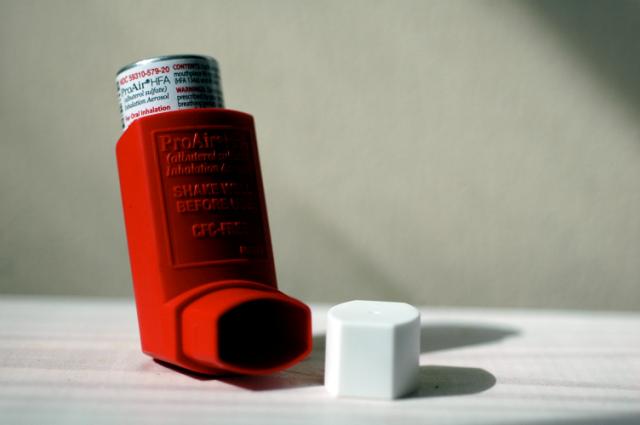Inhaled corticosteroids are the standard of care treatment for chronic obstructive pulmonary disease (COPD), however a new study published in the journal CHEST suggests long-term use of these drugs could result in an increased risk of bone fractures. While these findings were consistent in both men and women, previous studies suggest that postmenopausal women with COPD may be at a higher risk of bone damage.
Higher doses of inhaled corticosteroids have previously been shown to have a negative impact on bone density. The current study is among the first to address whether the long-term effects of this COPD treatment translate to an increase in the incidence of bone fractures.
Researchers from McGill University and the Jewish General Hospital-Lady Davis Research Institute accessed data on COPD patients over the age of 55 from a healthcare database in Quebec. The cohort included patients who filled prescriptions for COPD drugs between 1990 and 2005, who were also monitored until 2007 for the occurrence of hip or upper body fractures.
To control for other bone fracture risk factors – including age and sex – the study team matched each fracture case with 20 control subjects. Based on this data, the researchers generated an adjusted rate ratio of fractures among COPD patients taking oral corticosteroids.
In all, 240,110 COPD patients were included in the study, 19,396 of which fractured a bone within the average five-year follow-up period. This translated to an adjusted fracture rate of 15.2 per 1,000 COPD patients taking inhaled corticosteroids, per year.
“Since fractures are more frequent in women than men, our study suggests that the excess number of fractures associated with inhaled corticosteroids will be greater in women even though we did not find that the risk increase was particularly higher in women than in men,” said senior researcher Dr. Samy Suissa, of the Centre for Clinical Epidemiology, Jewish General Hospital – Lady Davis Research Institute. “Quantifying this excess number would require a larger cohort.”
While COPD patients exposed to high doses of corticosteroids over long periods of time showed a small increase in fracture risk, the researchers say this finding is significant. Regardless of gender, COPD patients taking daily doses of corticosteroids of 1,000 mcg or more for over four years faced the highest risk of bone fracture.
COPD is among the top three leading causes of death in the US. Nearly 15.7 million people in the country have been diagnosed with the respiratory condition, according to the Centers for Disease Control and Prevention (CDC).









Join or login to leave a comment
JOIN LOGIN